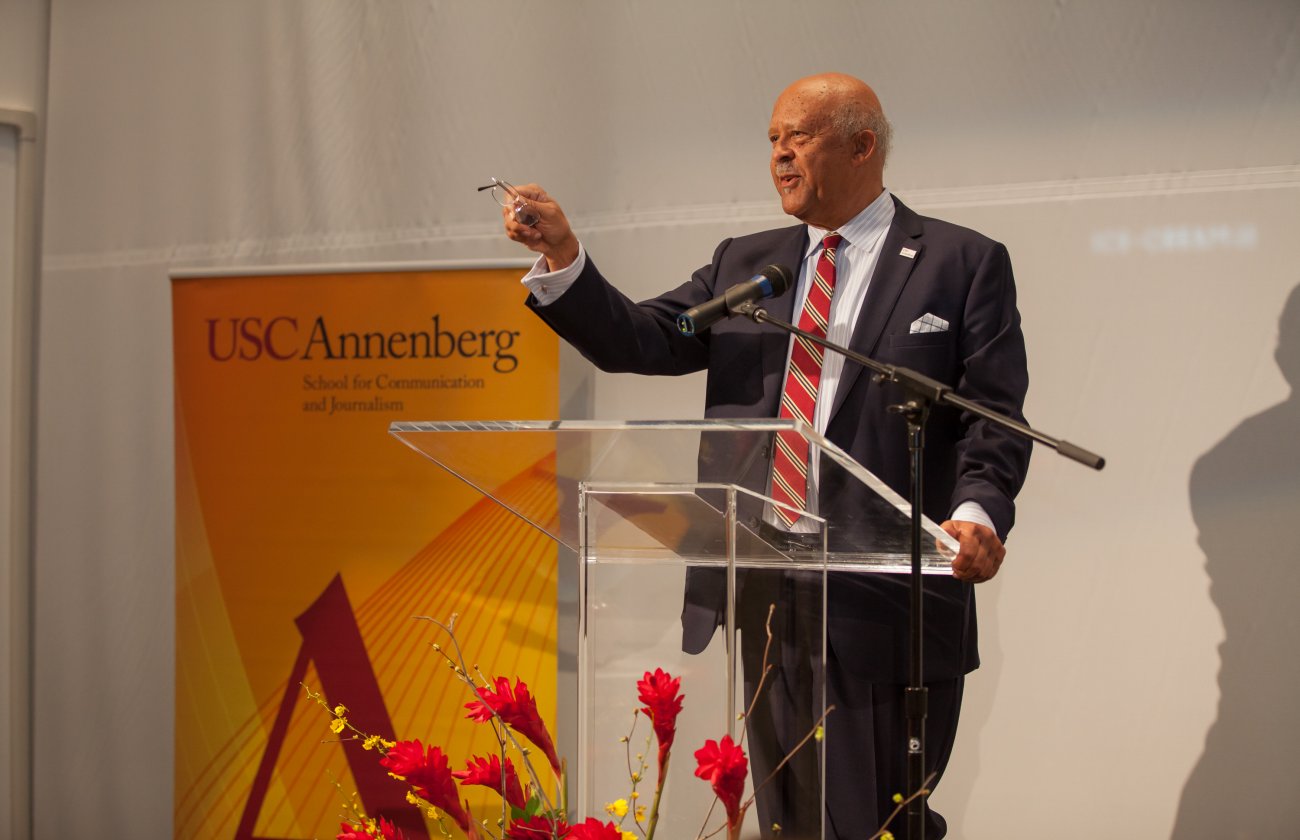Migrant workers who are isolated from technology and social networks are more vulnerable to human trafficking, forced labor, and exploitation. These and other findings are detailed in a powerful new report, Technology and Labor Trafficking in a Network Society, released today by the Center for Communication Leadership & Policy (CCLP) at the University of Southern California’s Annenberg School for Communication & Journalism. This project was made possible by a grant from Humanity United, a U.S.-based foundation dedicated to building peace and advancing human freedom.
The report includes the story of a young woman from the Philippines who was stranded in Malaysia after being misled by a deceptive labor recruiter. Despite having a mobile phone she did not want to call her family and make them worry. While being transported to an unknown destination by her brokers, she was apprehended by police. Interrogated and imprisoned, she hid her phone and called a friend for help. After a month the Philippine government finally intervened. As it turned out, the woman’s phone served to connect and disconnect her with unscrupulous recruiters, as well as support.
Researchers also found that the confiscation of cell phones, restriction of Internet use, and deception in online recruiting can be indicators of labor trafficking – a form of modern day slavery. As one of the survivors of labor trafficking interviewed for the report revealed: “The [employment] agencies are very strict on mobile phones. When you reach the agencies … in the country destination overseas, they will get your phone.”
At the same time, the researchers found that technology provides a critical infrastructure for positive change.
“Mobile and internet technologies can be leveraged to assist workers and migrants to connect with crucial social networks of support, family, friends, and information,” explains Mark Latonero, Ph.D., principal investigator and chief author of the report.
Based on analysis of supply chains, online recruitment, disaster response, and a Philippines case study, the report details ways in which the responsible uses of technology can assist governments, businesses, NGOs, and migrant workers in preventing and mitigating the effects of labor trafficking.
“The issue of labor trafficking is starting to get the attention that it deserves,” says CCLP director Geoffrey Cowan. “This report builds upon the work on technology and human trafficking we started five years ago and will help the public and policy makers better understand the role technology plays as both a problem and solution.”
Some findings and recommendations in the report include:
- Laws and policies should ensure workers have free access to communication technology and social networks.
- Data analytics can be used to monitor and identify exploitation and trafficking in global supply chains.
- Online technologies that are useful for maintaining social connectivity are also used to exploit. The divulging of personal information such as cell phone and passport numbers on social media profiles allow illegal recruiters to exploit job seekers.
- Disaster and humanitarian response technologies represent a new avenue for trafficking intervention.
“Technology can play an important role in both perpetuating and addressing labor trafficking. Yet, little evidence-based research has been done on the relationship between the two,” says Ed Marcum, vice president of investments at Humanity United. “This report allows us to better understand its use and dynamics in order to more effectively develop and scale solutions.”
In the Philippines, researchers interviewed numerous stakeholders including survivors of labor trafficking. The report notes technology skills training and the facilitation of peer-to-peer communication as promising strategies to combat labor trafficking.
Taking stock of the complexity and challenges of the issue, the report lays the groundwork for both research and action, providing analysis, recommendations, and guiding principles for governments, NGOs, the private sector, and researchers.
The full report, including a three-minute video, is available online.
Isolation from technology and social networks increases risk of labor trafficking
February 27, 2015
Updated May 5, 2023 10:21 p.m.








